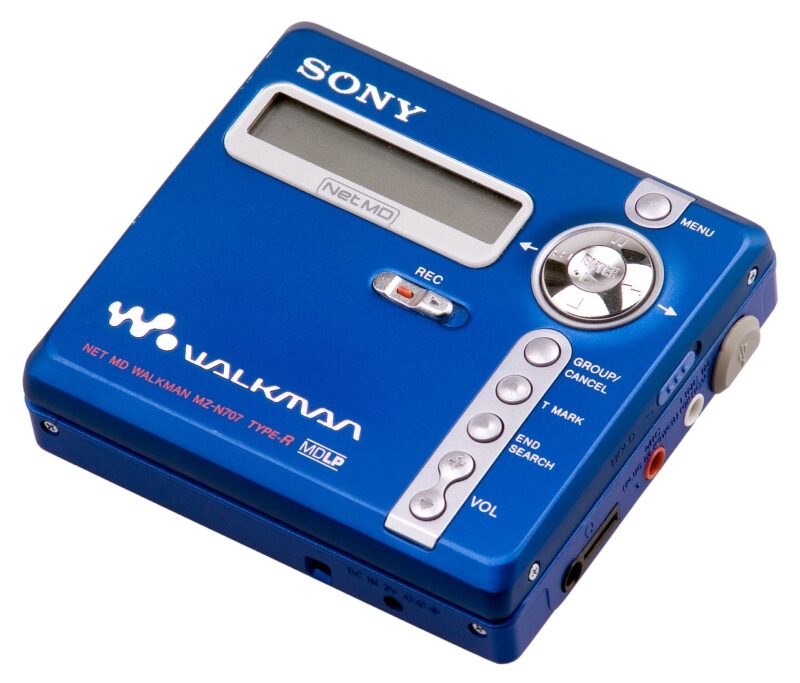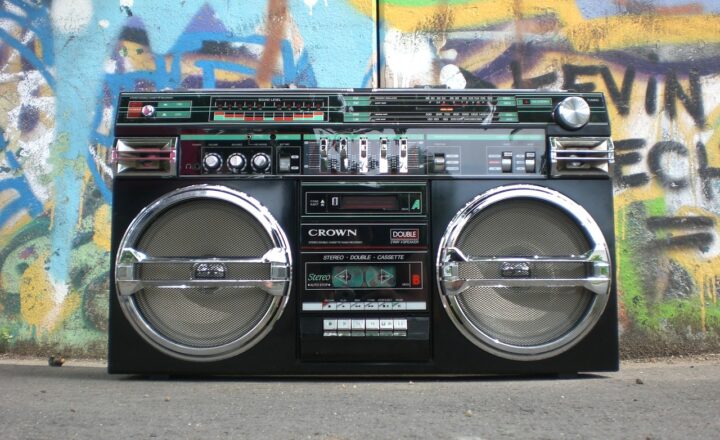
The advent of mobile technology has transformed the music industry, providing convenience and new ways to enjoy music on the go. One brand, specifically during the mid-2000s to early 2010s, carved a niche for itself by seamlessly integrating quality music playback capabilities into mobile phones: Sony Ericsson’s Walkman phones. This article explores the legacy of Sony Ericsson’s Walkman phones, assessing their features, cultural impact, and the reason they ruled the music scene during their reign.
1. The Birth of the Walkman Legacy
In 1979, Sony revolutionized the way people listened to music with the launch of the original Walkman, a portable cassette player that allowed individuals to enjoy personal music experiences. Fast forward to the early 2000s, and the collaboration between Sony and Ericsson led to the release of Walkman mobile phones, designed to consolidate calling and music functionalities into one device.
The Sony Ericsson Walkman series was introduced in 2005, quickly becoming a hit due to its focus on providing an exceptional music experience. Unlike other mobile phones that merely included a music player as an afterthought, Walkman phones placed music at the forefront of their features. The first model, the W800, was a groundbreaking device, boasting a 512MB Memory Stick Duo, high-quality sound, and a dedicated music button that made accessing music effortless.
2. Innovative Features Designed For Music Lovers
One of the main reasons Sony Ericsson’s Walkman phones became a phenomenon was their dedicated music-centric features that set them apart from competitors. Here are some of those standout features:
- Superior Sound Quality: Sony has long been a leader in audio technology, and Walkman phones benefited from high-quality sound engineering that enhanced the music experience. Proprietary technology, such as the DSP (Digital Signal Processing) and the equalizer settings, allowed users to customize their listening experience, making it enjoyable across various genres.
- Dedicated Music Interface: Walkman phones featured a user-friendly interface specifically designed for music navigation, allowing users to easily access songs, playlists, and albums with just a few clicks. The interface was not only visually appealing but also intuitive, ensuring a smooth user experience.
- FM Radio & Recording: Many Walkman models included FM radio capabilities, and the ability to record radio shows directly to the device was an added bonus for music enthusiasts looking to capture their favorite tracks.
- Storage Options: Memory Stick Duo slots allowed users to expand their music library beyond the phone’s internal storage, accommodating thousands of songs and playlists. This made Walkman phones practical for users with expansive music collections.
- Unique Branding: The Walkman branding itself resonated with users, evoking nostalgia from those who had cherished the original devices. With a trusted name like Sony attached to the product, users had confidence in the quality and performance of Walkman phones.
3. Cultural Impact and Market Influence
During the time of its release, the smartphone market was not yet as saturated as it is today. The Walkman phones had a significant influence on both consumer habits and the mobile phone market. Here’s how:
- Catering to Music Culture: The 2000s was a crucial time for music consumption, characterized by the rise of MP3 downloads and digital music services. Walkman phones tapped into this trend, enabling consumers to carry their entire music library in their pockets. This convenience encouraged on-the-go music consumption and captivated a generation of music lovers.
- Competition Leading to Innovation: Walkman phones initiated a surge in competition among mobile manufacturers, prompting them to prioritize music features in their devices. Brands like Nokia and Apple subsequently introduced their music-centric phones, which contributed to advancements in mobile technology.
- Integration with Services: Although the Walkman phones started with physical storage, their later models began incorporating support for emerging music services, such as PlayStation Music (Qriocity) in 2010, enabling users to stream songs and build playlists with ease.
4. The Decline and Transition to Smartphones
While Walkman phones enjoyed immense popularity, the rapid evolution of smartphones soon led to their decline. Users began favoring multifunctional devices that incorporated internet browsing, gaming, and advanced apps over dedicated music features in mobile phones. Iconic models like the iPhone introduced solutions that packaged music, communication, and capabilities into one powerful device, attracting consumers away from niche mobile phone brands.
Sony Ericsson recognized this shift and later attempted to pivot, releasing a variety of smartphones with music features. However, the Walkman phones had already established a stronghold in the music landscape, leaving a lasting legacy that continues to influence mobile technology today.
5. A Lasting Legacy
Despite the decline of dedicated music phones, the impact of Sony Ericsson’s Walkman phones can still be felt today. Their existence laid the groundwork for smartphones that prioritize user-friendly music experiences, with music streaming services becoming the primary means of music consumption.
Sony’s Walkman brand has persisted in various forms, now focusing on high-resolution audio players, and serves as a reminder of the company’s storied history in the audio space. Additionally, the spirit of the Walkman phones lives on in contemporary phone designs that continuously include compelling media playback features.
By establishing a seamless blend of technology and music enjoyment, Sony Ericsson’s Walkman phones not only dominated the market during their prime but also molded the future of mobile music consumption.
Conclusion
The reign of Sony Ericsson’s Walkman phones was not merely a fleeting moment in mobile history; it represented a pivotal chapter that bridged the world between portable music and mobile communication. From their groundbreaking features to their cultural impact, Walkman phones provided an unforgettable listening experience that set new standards in the market. Today, as we enjoy music through smartphones and streaming services, we should appreciate the foundational role that Walkman phones played in shaping how we consume and connect with music in our daily lives.







